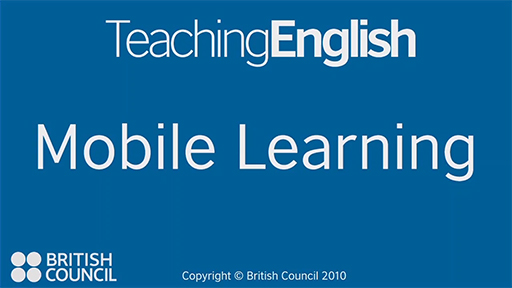3.1 Case study A: pictures and voice
In this case study the teacher is working with children in a primary school setting. The presenter offers examples for use in lessons.
Activity 3 Mobile learning
Watch the video from the British Council and consider the following questions:
- In relation to formative assessment, what is the advantage of using pictures on a mobile device rather than pictures in a textbook?
- What advantage, if any, is provided to the learners if they use their mobile device to record their voices?
- What are the benefits of using apps?

Transcript: Video 1
[TEXT ON SCREEN: Using photos]
[VIDEO PLAYBACK]
[END PLAYBACK]
[VIDEO PLAYBACK]
[END PLAYBACK]
[VIDEO PLAYBACK]
[END PLAYBACK]
[TEXT ON SCREEN: Audio recording]
[VIDEO PLAYBACK]
[END PLAYBACK]
[VIDEO PLAYBACK]
[END PLAYBACK]
[TEXT ON SCREEN: Apps]
[VIDEO PLAYBACK]
[CHATTER]
[LAUGHTER]
[END PLAYBACK]
Comment
An advantage of using pictures to teach language skills in formative assessment with a mobile device is that it allows the learners greater freedom of movement to learn socially because the device is more easily transportable than most textbooks. Additionally, some devices allow for the images to be manipulated i.e. made larger or smaller.
The voice recording app on a mobile device can allow a learner to provide evidence and practise their language skills. They can then play back the recording and compare their approach with an example and review points such as tone, speed and expression.
The purpose of the class is to help learners articulate their ideas using the English language. Therefore, the purpose of the activities is to help children develop a working knowledge of how to communicate in English. The principle of what is being demonstrated in the video – teaching English Language to non-English Speakers – can be applied to other language learning settings such as teaching French or Spanish to English speakers.
How could you use the activities outlined in this case study to teach primary school children elements of French, German or Spanish?
